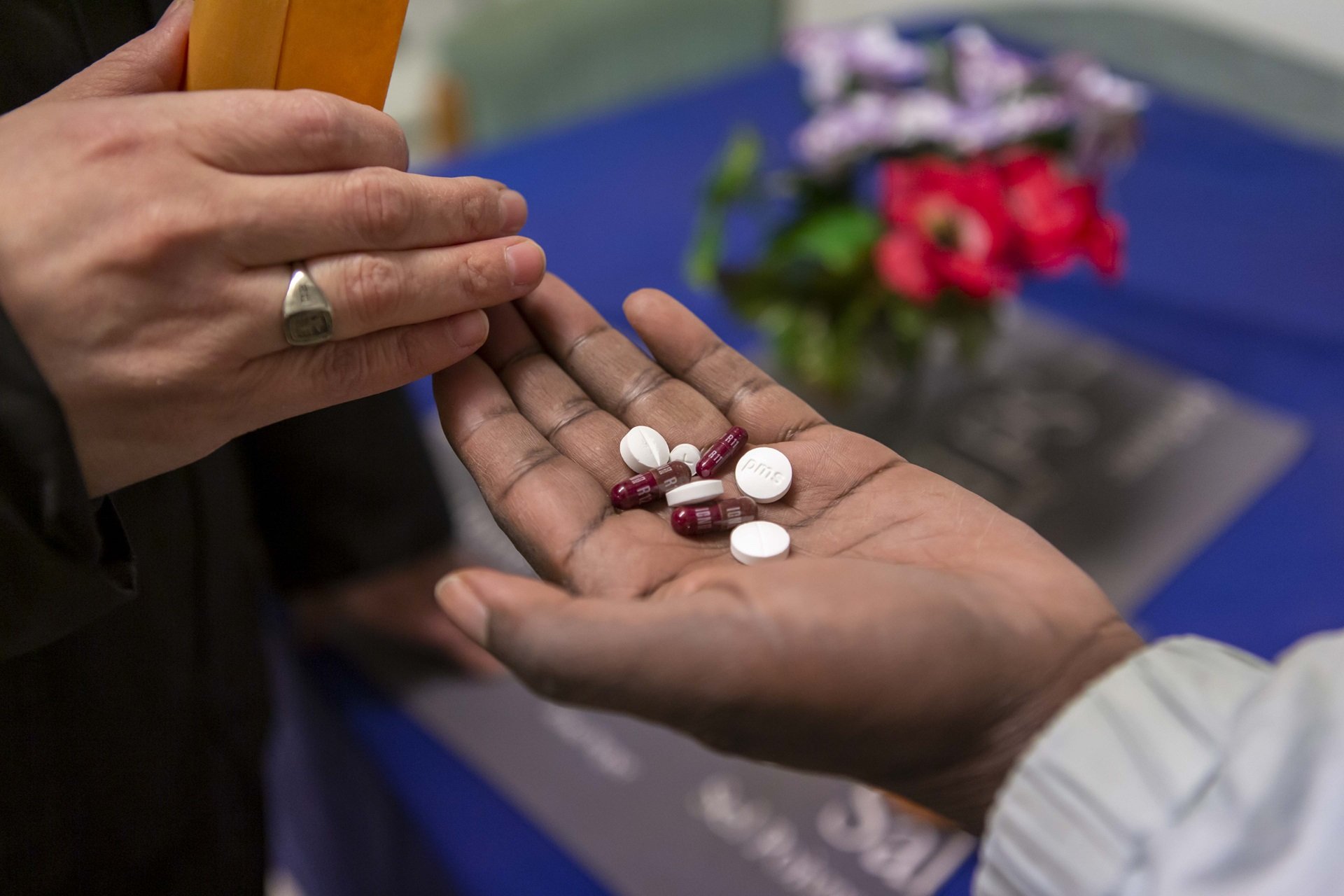WHO urges countries to take urgent action to meet 'Drugs without harm' target

Half of the preventable harms to patients in health care worldwide are due to the use of drugs, and of these, a quarter of cases result in serious or life-threatening consequences. The global problem of unsafe use of medicines is at the center of attention of WHO ahead of World Patient Safety Day, 17 September 2022. One of the most vulnerable risk groups in this case are the elderly, especially those taking several medications at once. It is noted that medical damage to health is often caused during surgical operations, intensive care and emergency care.
“Medications are effective means of protecting health. However, medicines that are misprescribed, misused or of poor quality can have serious consequences,” said WHO Director-General Dr Tedros Adhanom Ghebreyesus. “No one should be harmed when asking for help.”
Unsafe drug therapies and prescribing errors are among the leading causes of preventable harm in health care settings around the world. The annual cost of drug errors worldwide is estimated at US$42 billion. Such errors are made where systemic deficiencies and/or human factors, such as fatigue, poor working conditions, or lack of staff, affect the correct prescribing, accounting, dispensing, taking and monitoring of drugs. They can cause serious harm to the patient, lead to disability or even death.
World Patient Safety Day aims to raise awareness and public participation and encourage countries to promote safe healthcare delivery. Particular attention this year is paid to the safe use of drugs within the framework of the campaign under the slogan "Drugs without harm". The campaign will also help mobilize efforts under WHO's current global patient safety target, Medicines Without Harm, to reduce preventable harms from medicines around the world.
WHO is calling for the rapid improvement of the effectiveness of drug-related harm reduction strategies in a number of key areas. The Organization is also working with partners to develop a package of technical materials on the safe use of medicines, including a policy brief and a range of methodologies for ensuring the safety of drug therapy, in particular when handling drugs that are difficult to distinguish from each other. Such preparations may have a similar physical appearance or similar generic or trade names. They can sometimes be confused by their packaging, sound, or spelling of their names.
Harm in the use of medicines, along with human error, is largely facilitated by weaknesses in drug prescription systems. According to available data, more than half of drug-related harm occurs at the stage of prescription of drugs, as well as their use by patients without proper control. Antibiotics are in the highest risk category, but sedatives, anti-inflammatory drugs, and drugs for the treatment of heart disease and blood pressure control also pose a significant risk.
WHO encourages stakeholders to continue their efforts to reduce drug-related harm, develop strategies and organizational solutions to improve drug safety at local, national, regional and global levels, and commit to the “Drugs Without Harm” target.
Notes to Editors
World Patient Safety Day was established by the World Health Assembly (resolution WHA72.6) in 2019 to raise awareness and public participation, mainstream the issue globally, and promote global solidarity and efforts by countries and partners to improve safety in healthcare delivery . Each year, a theme is chosen to focus on one of the priority areas critical to patient safety. In 2022, World Patient Safety Day focuses on the safe use of medicines. More information about the World Patient Safety Day campaign can be found on the campaign page.